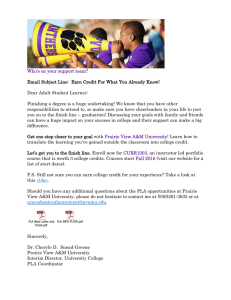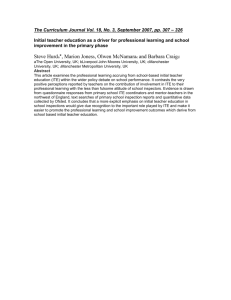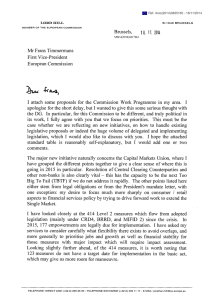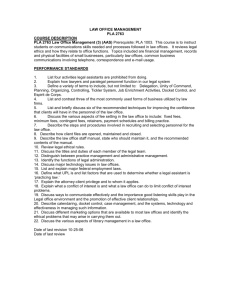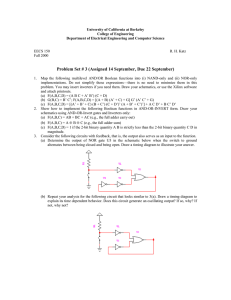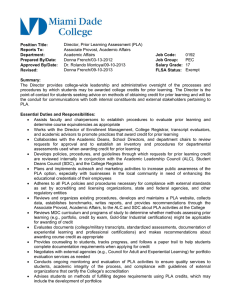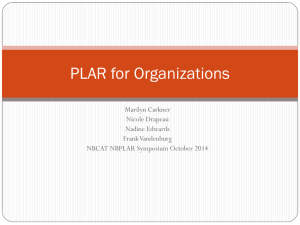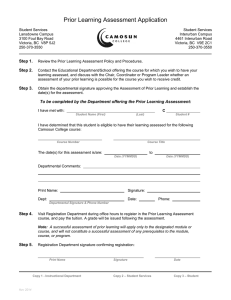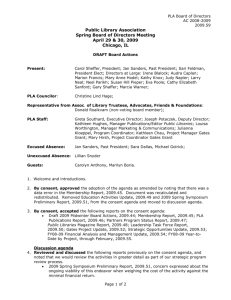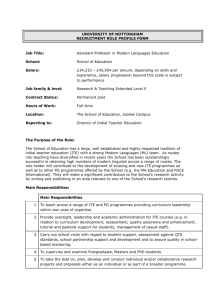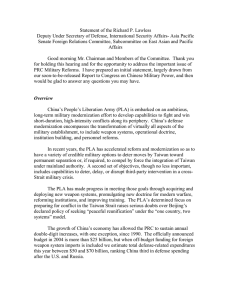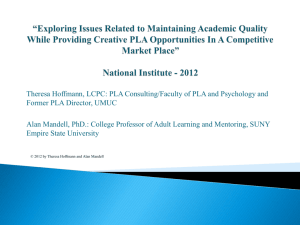EUROPEAN COMMISSION Directorate
advertisement
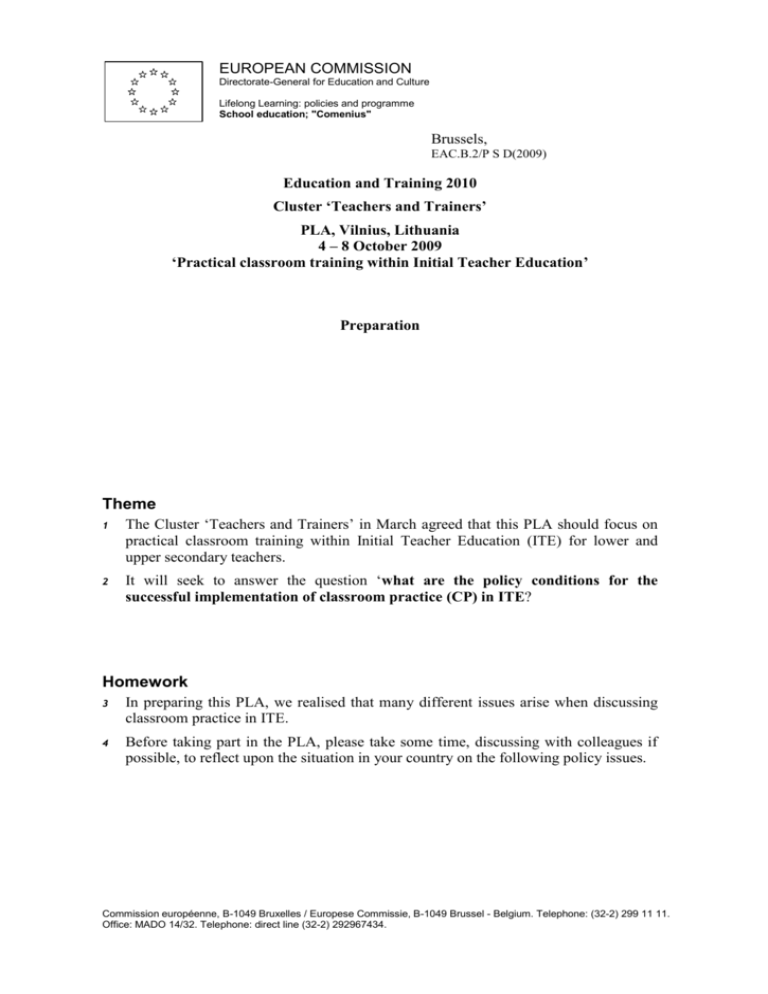
EUROPEAN COMMISSION Directorate-General for Education and Culture Lifelong Learning: policies and programme School education; "Comenius" Brussels, EAC.B.2/P S D(2009) Education and Training 2010 Cluster ‘Teachers and Trainers’ PLA, Vilnius, Lithuania 4 – 8 October 2009 ‘Practical classroom training within Initial Teacher Education’ Preparation Theme 1 The Cluster ‘Teachers and Trainers’ in March agreed that this PLA should focus on practical classroom training within Initial Teacher Education (ITE) for lower and upper secondary teachers. 2 It will seek to answer the question ‘what are the policy conditions for the successful implementation of classroom practice (CP) in ITE? Homework 3 In preparing this PLA, we realised that many different issues arise when discussing classroom practice in ITE. 4 Before taking part in the PLA, please take some time, discussing with colleagues if possible, to reflect upon the situation in your country on the following policy issues. Commission européenne, B-1049 Bruxelles / Europese Commissie, B-1049 Brussel - Belgium. Telephone: (32-2) 299 11 11. Office: MADO 14/32. Telephone: direct line (32-2) 292967434. 1. For classroom practice to be useful, the people involved need to have a shared understanding about what constitutes ‘good practice’ in teaching. How is this shared understanding arrived at in your country? How / where is it described? (Hint: is there a list of observable and measurable teaching competences? Are there defined teaching standards? Have the learning outcomes for the classroom practice been clearly defined?) 2. How does your country’s approach to classroom practice fit into its pedagogy of Teacher Education? 3. How does classroom practice connect with the other phases of the continuum of lifelong Teacher Education? 4. How is a ‘successful’ classroom practice defined? 5. How are student teachers’ classroom practices assessed? Against which criteria are they assessed? By whom are they assessed? (Teacher Education Institution? school? …) Why these people? Who devised these criteria? 6. In the context of encouraging reflective practice, what role is given to student teachers’ self-evaluation? 7. How are students prepared for classroom practice, and supported during it? 8. How are mentors educated or trained? 9. How are different roles and responsibilities divided between Teacher Education Institution, school, etc.? How is smooth cooperation ensured? 10. How are students teachers helped to integrate ‘theory’ and ‘practise’ and to implement what they’ve integrated? 11. How is classroom practice structured?: how many hours? how many ECTS? how many separate of blocks of CP? how much time in total is devoted to CP throughout the TE course? 12. How is quality assured? How does the Teacher Education Institution gather feedback to improve its classroom practices? 2
